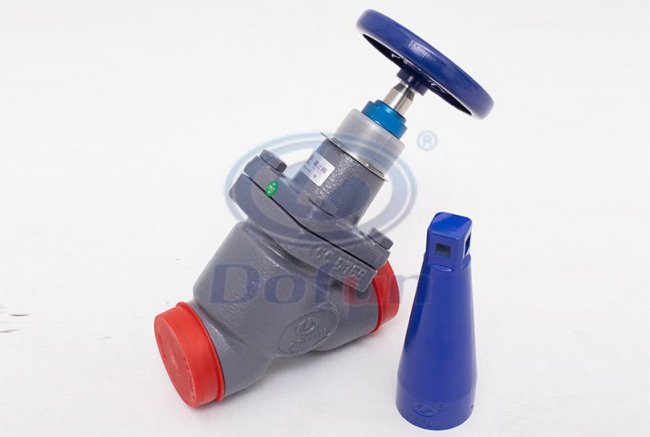The purpose of sewage discharge in the refrigeration system of the computer room is to remove the dirt in the refrigeration system so as to prevent the dirt in the system from entering the compressor and the throttle valve. So what are the correct methods and detailed steps for the refrigeration system to drain?
Safe operation steps of refrigeration system blowdown and leak detection
1. Connect the pressure reducing valve to the nitrogen cylinder, and connect the pressure reducing valve of the nitrogen cylinder to the ammonia valve of the system with a nitrogen pipe;
2. Open all valves in the system except the valves that communicate with the atmosphere;
3. Open the ammonia valve and nitrogen valve, and fill the system with nitrogen to the low-pressure part of the test pressure;
4. Close the ammonia valve and nitrogen valve, and use a brush dipped in soapy water or detergent to smear all welds, pipe joints, flanges, valves, and other connections and sealing parts for leak detection;

5. Find the leaks and mark them. After finding a batch of leaks, the operator is at a safe position for draining operations and unscrews the screw plug at the lower part of the low-pressure circulating liquid reservoir (or gas-liquid separator) to drain and release nitrogen;
6. Make up the leak, screw on the screw plug of the low-pressure circulation reservoir (or gas-liquid separator), and refill with nitrogen. The operator is at a safe position for the sewage operation and unscrews the screw plug at the lower part of the intercooler, draining and releasing nitrogen;
7. Repeat the last two steps until there are no missing points;
8. Close the inlet valve and drain valve of the low-pressure circulating reservoir (or gas-liquid separator), close the drain valve and drain valve of the drain barrel, the compressor suction valve, and drain valve, and fill the system with nitrogen until the high-pressure part test pressure;
9. Leak detection for the high-pressure part, find the leaks, mark them, and after finding a batch of leaks, the operator is in a safe position for the sewage operation to unscrew the screw plug at the lower part of the drain bucket, drain and release the nitrogen;
10. Make up for the leak, screw on the screw plug of the rain barrel, and refill with nitrogen. The operator is at a safe position for draining operations to unscrew the screw plug at the lower part of the high-pressure reservoir to drain and release the nitrogen;
11. Repeat the last two steps until there are no missing points.
The above information is provided by the overflow valve factory.